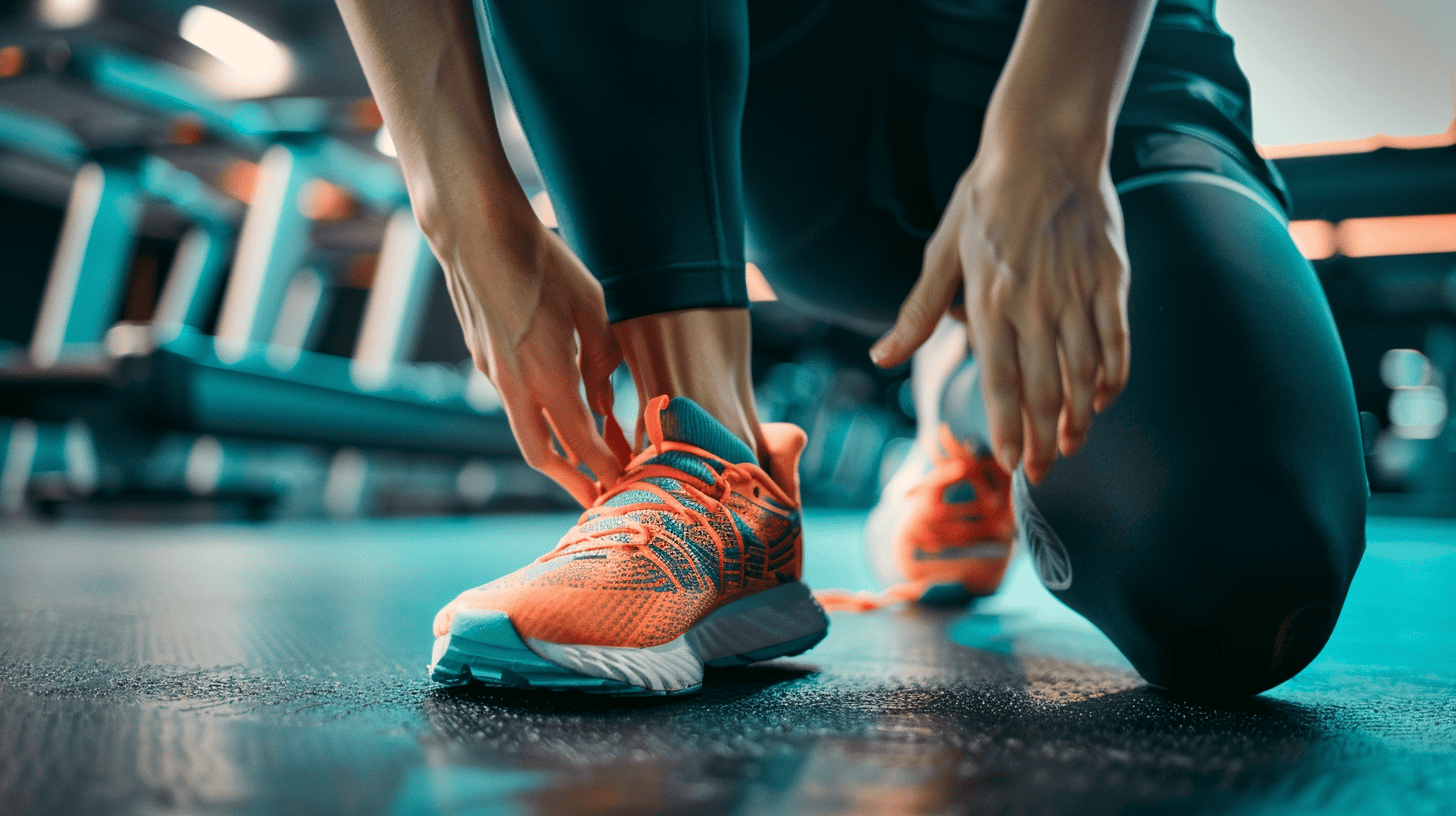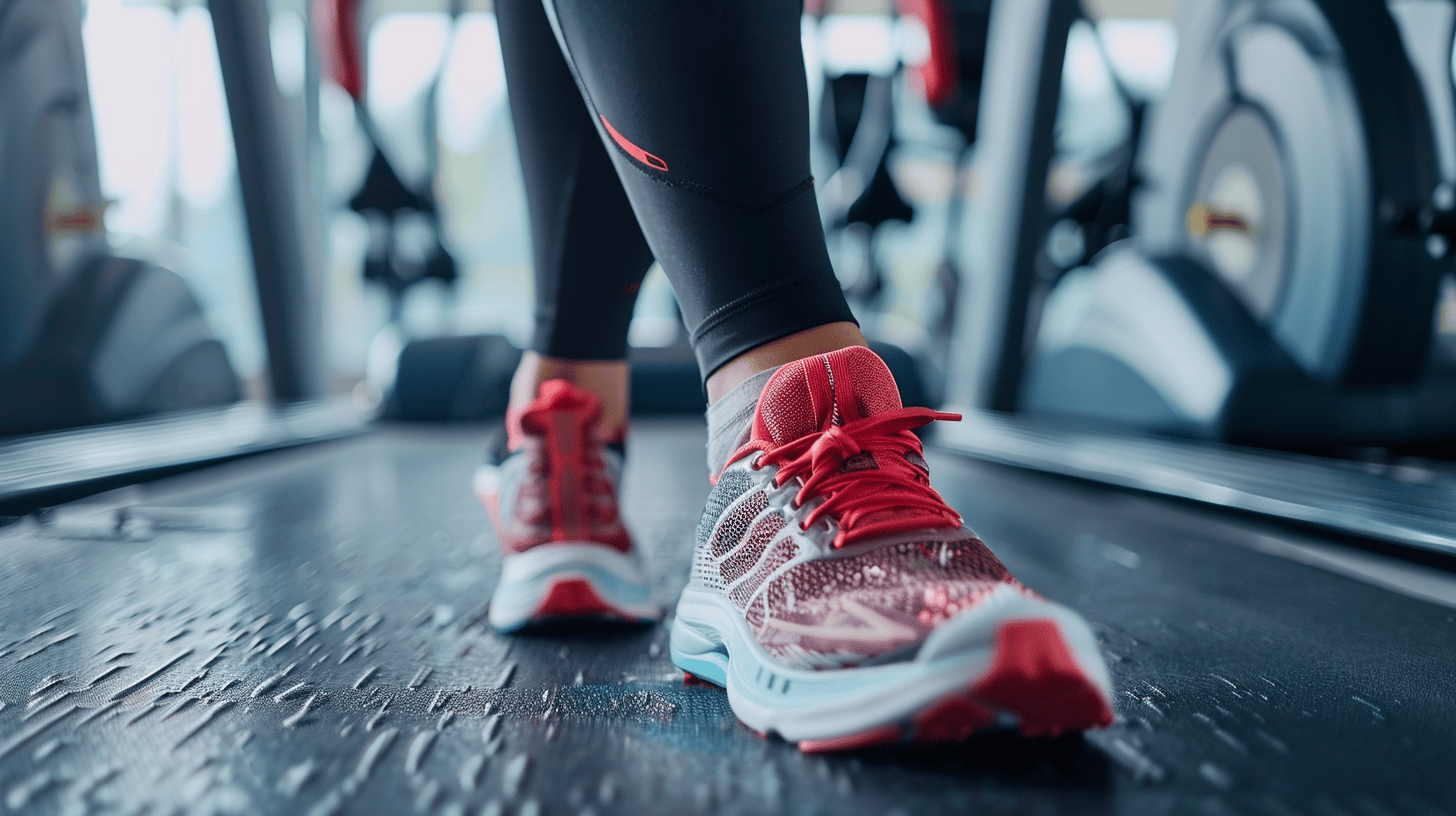In the pursuit of optimal fitness and well-being, individuals often push their bodies to the limit through rigorous training regimens and physical activities. However, alongside the benefits of exercise come the risks of fitness-related injuries. These injuries, ranging from minor strains to severe trauma, can impede progress and significantly impact one’s quality of life. As the fitness industry continues to evolve, there is a growing interest in leveraging cutting-edge technologies like artificial intelligence (AI) and machine learning to anticipate and mitigate the occurrence of such injuries.
Understanding Fitness-Related Injuries
Before delving into the potential role of AI and machine learning, it is essential to grasp the nature and scope of fitness-related injuries. These injuries can manifest in various forms, including muscle strains, tendonitis, stress fractures, and joint dislocations, among others. While some injuries result from acute trauma or accidents, many stem from overuse, improper form, inadequate warm-up, or insufficient rest and recovery periods.
Fitness enthusiasts, athletes, and professionals alike are all susceptible to these injuries, regardless of their experience level or expertise. From weekend warriors to seasoned competitors, the risk of injury remains a constant concern within the realm of physical fitness.

The Promise of AI and Machine Learning
In recent years, advancements in AI and machine learning have revolutionized numerous industries, including healthcare, finance, and transportation. Now, these technologies are poised to make a profound impact on the field of fitness and sports medicine.
One of the primary benefits of AI and machine learning lies in their ability to analyze vast amounts of data with unparalleled speed and accuracy. By processing information from wearable devices, fitness trackers, biomechanical sensors, and electronic health records, these technologies can identify patterns, detect anomalies, and generate actionable insights regarding injury risk factors and prevention strategies.
Predictive Analytics in Injury Prevention
Through predictive analytics, AI-powered systems can forecast the likelihood of fitness-related injuries based on a multitude of factors, such as training intensity, exercise frequency, biomechanical imbalances, and previous injury history. By leveraging sophisticated algorithms, these systems can alert users and healthcare professionals to potential injury risks in real-time, allowing for timely interventions and adjustments to training protocols.
For example, wearable devices equipped with AI algorithms can monitor movement patterns during physical activity and detect deviations from optimal biomechanics that may increase the risk of injury. By providing personalized feedback and recommendations, these devices empower users to modify their technique, adjust their training load, or incorporate targeted exercises to mitigate the risk of injury and optimize performance.
Preventive Strategies and Rehabilitation Protocols Help Predict and Prevent Fitness-Related Injuries
In addition to predicting injury occurrence, AI and machine learning can play a pivotal role in designing customized preventive strategies and rehabilitation protocols tailored to individual needs and preferences. By analyzing data on exercise history, biomechanical profiles, physiological responses, and recovery metrics, AI systems can prescribe targeted interventions aimed at strengthening weak areas, improving mobility, and minimizing the risk of future injuries.
Furthermore, AI-powered coaching platforms can deliver personalized training programs and adaptive workout routines that take into account an individual’s injury history, fitness goals, and progress over time. By continuously monitoring and adjusting the training parameters based on real-time feedback and performance metrics, these platforms can optimize training efficiency while minimizing the risk of overtraining and burnout.

The Integration of AI into Fitness Practices
As AI and machine learning continue to evolve, their integration into mainstream fitness practices holds immense potential to enhance injury prevention, rehabilitation, and performance optimization efforts. By harnessing the power of data-driven insights and predictive analytics, individuals, coaches, and healthcare professionals can collaborate more effectively to safeguard against fitness-related injuries and promote long-term health and well-being.
However, it is important to acknowledge that while AI and machine learning offer valuable tools and resources, they are not a panacea for all injury-related challenges. Human judgment, expertise, and intuition remain indispensable components of the injury prevention and rehabilitation process. As such, the synergy between technology and human insight is essential for maximizing the efficacy and impact of AI-driven solutions in the realm of fitness and sports medicine.
Conclusion
In conclusion, the integration of AI and machine learning holds tremendous promise for revolutionizing the prevention, diagnosis, and treatment of fitness-related injuries. By leveraging data-driven insights, predictive analytics, and personalized interventions, these technologies empower individuals to optimize their training routines, minimize injury risks, and achieve their fitness goals safely and effectively. However, it is crucial to approach these advancements with a balanced perspective, recognizing the complementary roles of technology and human expertise in promoting lifelong health and physical well-being.
In the dynamic landscape of fitness and sports medicine, the synergy between innovation and tradition paves the way for a future where injury prevention is not just a goal but a shared reality for all. As we embrace the transformative potential of AI and machine learning, let us remain steadfast in our commitment to fostering a culture of health, resilience, and empowerment within the global fitness community. Together, we can harness the power of technology to unlock new frontiers of human potential and redefine what it means to thrive in body, mind, and spirit.
Furthermore, it’s essential to recognize the integral role of fitness for mental well-being. Engaging in physical activity not only strengthens the body but also nurtures emotional resilience, reduces stress, and fosters a sense of connection with oneself and others. As we strive to prevent fitness-related injuries, let us not overlook the profound impact that regular exercise and mindful movement can have on promoting holistic well-being and enhancing the quality of life for individuals of all ages and backgrounds.
